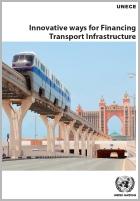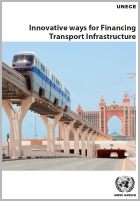Published:

 During recent decades governments all around the world were faced with a complicated set of options for investing in transport, including transport infrastructure. This publication examines main principles for determining the most appropriate models for financing transport infrastructure expenditures but also illustrates and analyses many innovative ways to finance transport infrastructure.
During recent decades governments all around the world were faced with a complicated set of options for investing in transport, including transport infrastructure. This publication examines main principles for determining the most appropriate models for financing transport infrastructure expenditures but also illustrates and analyses many innovative ways to finance transport infrastructure.Financing, in this context, means the provision of money at the time and in the quantity, that is needed to meet society’s transport infrastructure and transport service provision needs. Thus, financing is a basic underpinning of the entire process of providing and operating transport infrastructure.
Accepting the view, that transport infrastructure is needed to provide a well‐defined set of public services, at the highest‐level financing the transport sector, including transport infrastructure expenditures, is fundamentally a sovereign task, which involves determining how much of the government’s available (public) resources will be channelled into the transport infrastructure, during a given period, as opposed to other policy priorities. However, this report proves that this is not the case anymore. There are many other innovative ways from which transport infrastructure construction could be funded other than the government’s available (public) resources.
Download as PDF